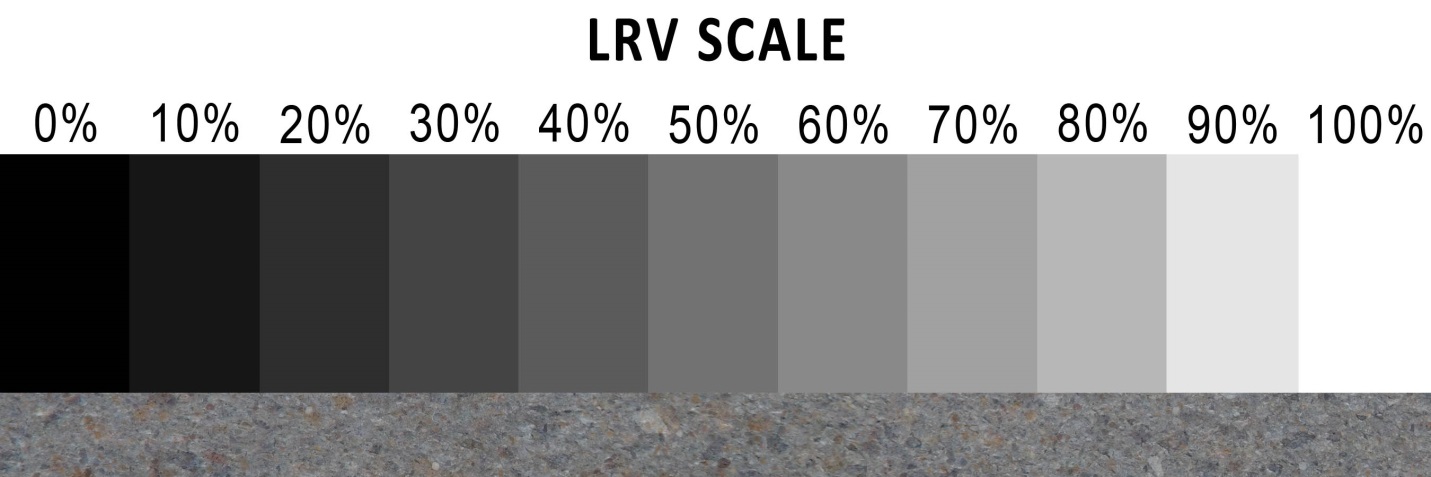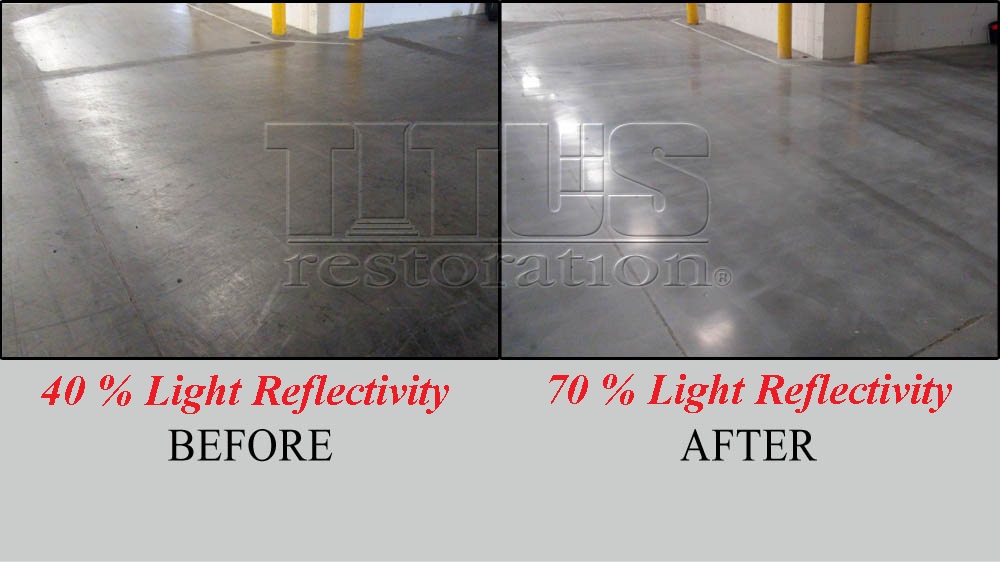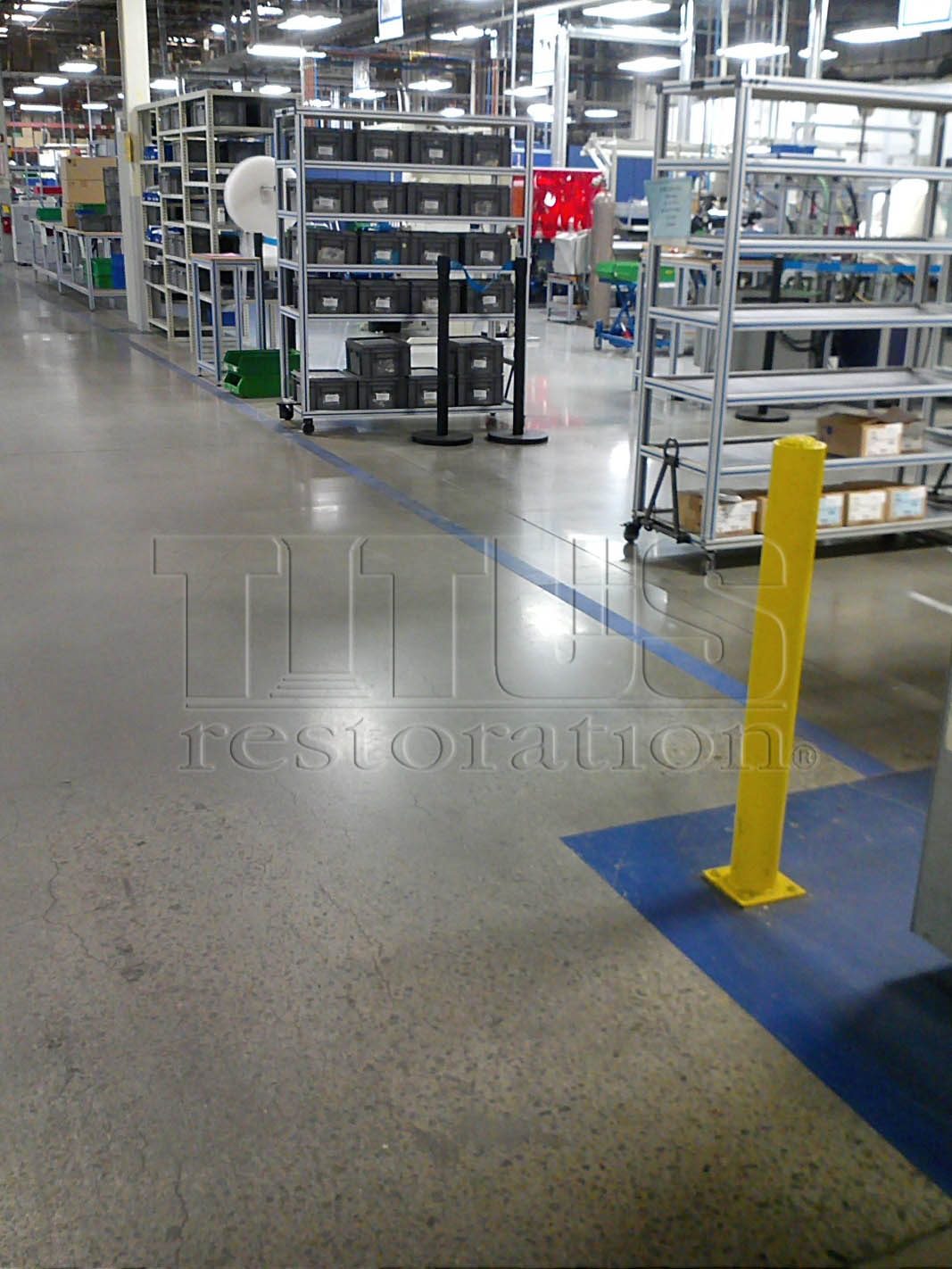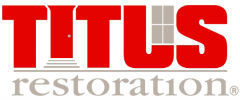Proper lighting has proven year after year, in several hundred studies, to increase workplace productivity and employee mood. As energy conservation and green building solutions have grown in popularity, the technology to our common lighting systems have significantly improved and more industrial warehouses are incorporating these advanced, energy-efficient means of lighting into their operating expense.
However, there is one thing that the lighting engineers cannot control; REFLECTION.
Light Reflection and Increased Productivity
To obtain the reflection that is truly needed to increase illumination and, in turn, productivity and energy savings, it is crucial to look at the Lighting Reflectivity Value of the floors, walls, and work spaces.

Using the lighting reflectivity scale for polished concrete shows how not only the color but the reflection are a major part of lighting efficiency in the workplace.
Increasing these surfaces’ LRV Scale percentage reduces the amount of light needed to achieve the desired illumination per the task at hand. For example, take a look at the before and after image below:

By removing the dark surface of the concrete, by polishing the concrete, the light reflection value is increased to 70%. There are many benefits to higher light reflection in the workplace including fewer errors and better morale.
Before the floor was dark, typical of a steel-troweled concrete floor, and it was gouged by forklifts refracting instead of reflecting the light. Once the concrete slab was ground, this dark top layer is removed exposing concrete that is lighter in color because it has not been burned by trowel machines. This more reflective concrete receives a polished concrete finish (to a desired sheen) for the reflection needed for the facility and the work it does. Notice the clearer impressions of the light bulbs in the floor. By increasing the LRV by 75%, facilities will see :
- Increased Energy Savings
- Fewer Errors
- Better Quality Control
- Increased Employee Morale
- Improved Company Image
- Safety Improvements
These improvements are documented in the ANSI, Lighting Standards Document, “Proper illumination is essential for the optimization of safety, comfort and productivity in the workplace; workplace lighting also dictates quality of perception, mood, and performance levels of employees.”
Finally, the lighting requirements by ANSI, IESNA, NLB, and IAPA are determined by specific types of industry and job. For example, the lighting in this manufacturing facility is higher at the work stations where small parts are assembled than in the forklift drive aisles. Notice the higher reflection in the floor inside the work space versus the main aisles.

In the forklift and pedestrian aisles, the light reflection (and lighting efficiency), is not needed as much as in the workstations in this factory. This can be achieved with polished concrete to different levels or sheens.
For a full list of industry- and job- specific lighting standards, these references are excellent guides for Industrial Lighting Standards and studies on how lighting affects the workplace.
http://www.informedesign.org/_news/feb_v02-p.pdf
http://www.iapa.ca/pdf/lightin.pdf
http://www.nlb.org/index.cfm?cd=FAP&cdid=10352&pid=10225
